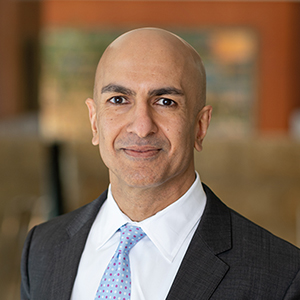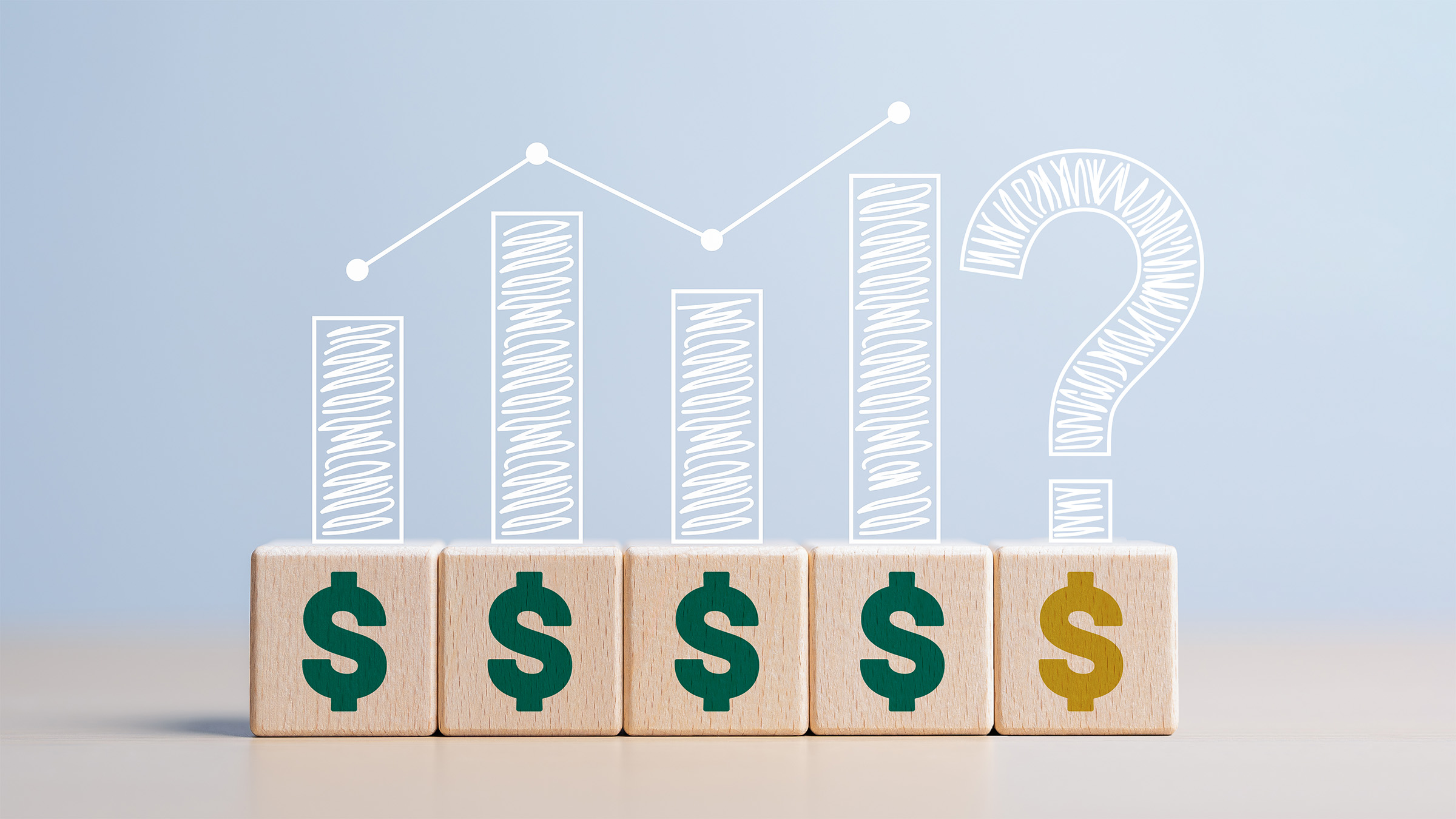This commentary was first published in the Wall Street Journal.
The Federal Reserve formally set its annual inflation target at 2% in 2012. Then in 2016 it made a subtle but important clarification. It stated that the target is “symmetric”—rather than a “ceiling” as the European Central Bank has adopted. This means inflation can deviate modestly above or below the target in the short run without causing alarm.
The Fed has raised the federal-funds rate eight times in the past three years, and inflation now stands right at the 2% goal. A hard inflation ceiling would justify pre-emptive rate increases to ensure inflation doesn’t climb any higher. But the symmetric objective gives the Federal Open Market Committee the flexibility to see how the economy evolves before determining if further rate increases are necessary.
The FOMC should seize this opportunity for a pause. With the federal-funds rate at 2% to 2.25%, monetary policy is now close to neutral, neither stimulating nor restricting the economy. Prematurely tapping the brakes could restrain wage growth and keep many Americans from participating in the economic recovery.
The Fed has consistently undershot its 2% inflation target. Core inflation averaged 1.6% over the past six years and hit the target only in March of this year. If inflation were to climb modestly above the target in the short run, there would be little need for the Fed to respond. If the 2% goal is truly symmetric, the Fed should be as tolerant of core inflation of 2.4% over six years as it has been with its downside misses over the last six.
A pause on rate increases would allow the FOMC to gain important insights. Crucially, it would help determine how much slack remains in the labor market. For the past few years, policy makers have repeatedly thought the U.S. was at full employment, only to be surprised as Americans continued to enter the labor force in large numbers. In 2015 the FOMC estimated unemployment could not go below 5.1% without triggering inflation. Its current estimate is 4.5%; the actual unemployment rate is down to 3.7%, and wage growth and inflation are still muted.
And the formal unemployment rate only counts people actively looking for work. By another measure—the percentage of prime-age Americans who are employed—nearly a million adults are still missing from the job market relative to 2006, and more than 2.5 million fewer are working relative to 1999. How many more of those missing workers would re-enter the labor force if wages picked up? We don’t know.
There is also considerable uncertainty surrounding the long-run impact of the 2017 tax cut. Advocates argued it would boost private-sector investment, which would increase the capacity and productivity of the U.S. economy. If that turns out to be true, the tax cuts shouldn’t lead to higher inflation in the long run. Critics argue the tax cut is delivering a Keynesian sugar high, that modest growth rates will return once the high has worn off, and that taxpayers will be left holding $1.8 trillion in additional outstanding debt. Who’s right? It will take time to find out.
If consumers and investors believe the economy is overheating and that additional debt from the tax cut will lead to greater price increases in the future, that should show up in inflation expectations. Yet expectations for inflation five to 10 years from now show little sign of increasing.
If inflation or inflation expectations climb meaningfully above the Fed’s 2% target, the Fed should do whatever it takes to keep them in check. It was wrong to allow inflation to accelerate dramatically in the 1970s, and the American people paid a steep price in the form of high unemployment and very high interest rates. But until inflation or inflation expectations get meaningfully higher, the Fed should allow the economy to continue to strengthen, so as to allow as many Americans as possible to participate in the recovery.





